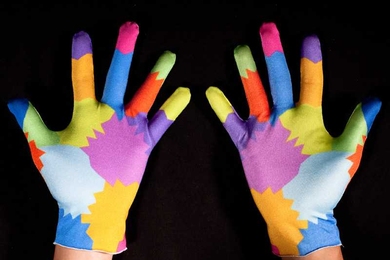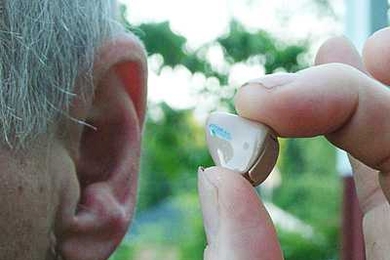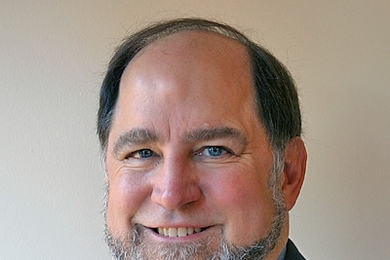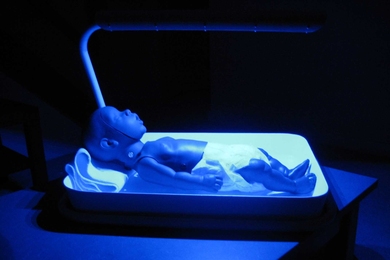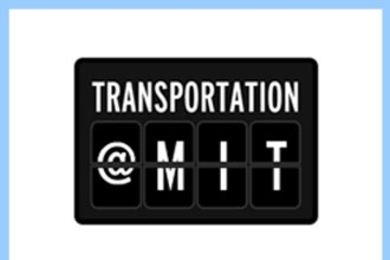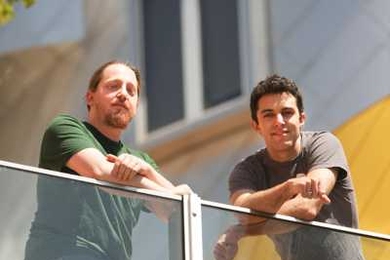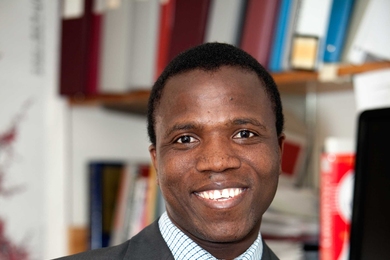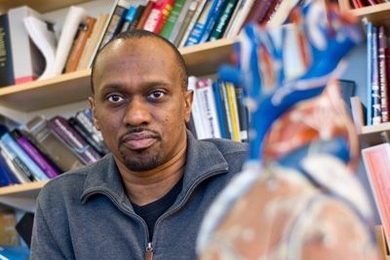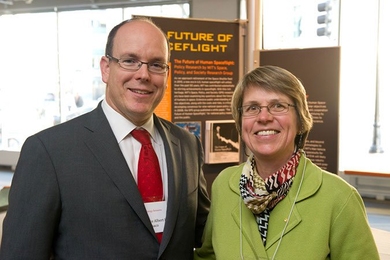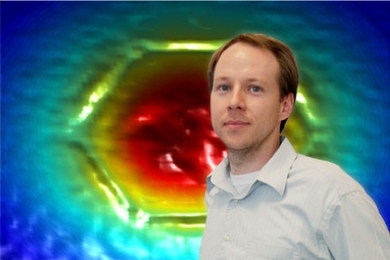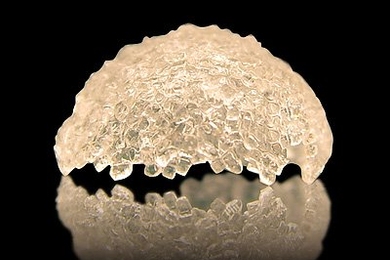Gesture-based computing on the cheap
With a single piece of inexpensive hardware — a multicolored glove — MIT researchers are making Minority Report-style interfaces more accessible.
Now hear this
3-D imaging technology could lead to hearing aids that fit — and thus function — better than current models.
Rivest wins faculty’s Killian Award
MIT encryption pioneer recognized for ‘extraordinary’ contributions in computer science
Where the rubber meets the road
"Why Chemomechanical Design of Materials is Critical to Sustainable Transportation Infrastructure" with Krystyn Van Vliet
Machines that learn better
New math will make it much easier to build machine-learning systems that tackle a wider range of problems.
Oil spills, safety and system design and management
Interdisciplinary thesis explores complexity of safety in organizations with a culture of blame and ways to address this
Fly the eco-friendly skies
MIT-led team designs airplanes that would use 70 percent less fuel than current models.
Exposing collagen's double life
Discovery that the rigid structural protein can switch to a floppy shape could lead to new treatments for heart disease.
Chisholm receives Agassiz Medal from National Academy of Sciences
MIT professor selected for her pioneering studies of marine organisms
Better models for better reactors
Department of Nuclear Science and Engineering teams working on improving computer-aided simulation and modeling
Building organs block by block
Tissue engineers create a new way to assemble artificial tissues, using ‘biological Legos’ — cells transformed into bricks.
When good enough is better
By exploiting a simple but counterintuitive trick, a new system finds sections of computer programs where accuracy can be traded for speed.

